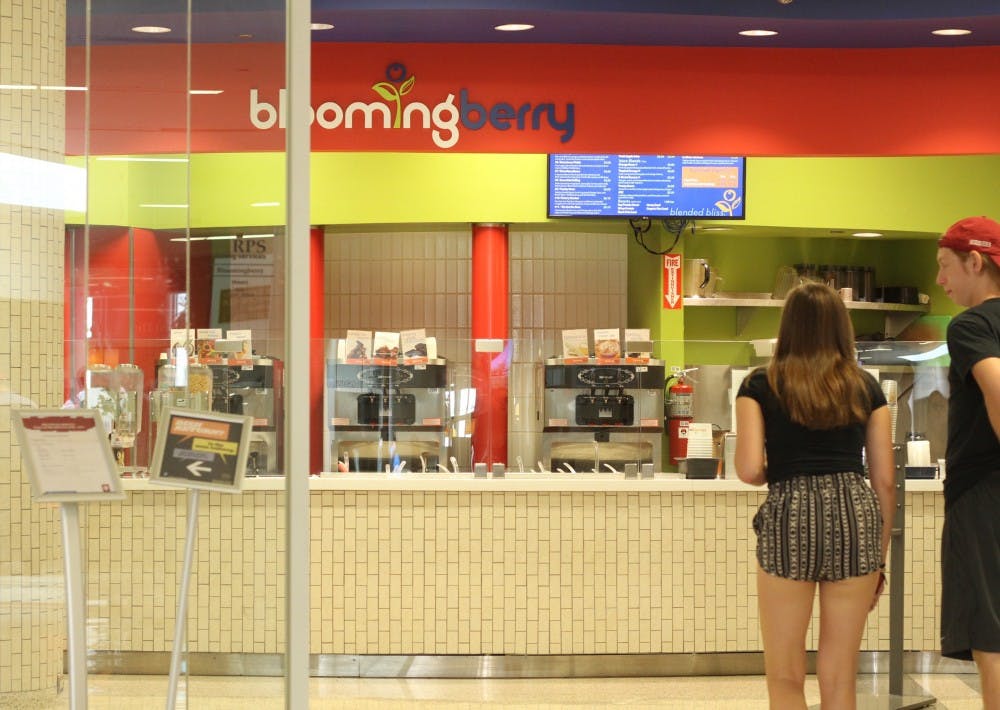Local, ecologically sound, humane and fair: these are the four characteristics of “real food” designated by the Real Food Challenge.
Just five percent of food served at IU through RPS, Sodexo and athletics qualifies as real, healthy and sustainable food that falls into those categories.
However, one campus group seeks to change this: IU’s Real Food Challenge.
The IU organization helps support the national Real Food Challenge’s goal of increasing real food spending to $1 billion.
This year, IU’s group is focusing its efforts on sending a petition to the IU administration to commit to dedicating 20 percent of food purchasing to real food by 2020.
SPEA graduate student Katie Lay is a member of the group. She was involved with the Real Food Challenge during her undergraduate years at St. Mary’s College and said she decided to continue her involvement at IU.
“We are trying to get more undergraduate students to help and sign on to the petition,” Lay said. “We don’t have enough people to make it widespread.”
Last week, IU’s Real Food Challenge encouraged students and faculty at the Big Red Eats Green festival to sign a petition asking that 20 percent of food purchased by IU be real food by 2020.
While Lay said the group does not have a specific number of signatures targeted for the petition, she and the group want enough support to show the administration that students want this change.
“There is a great window of opportunity if the administration sees more student demand,” Lay said. “It is up to us, as students, to say that, as customers, we want to see more local, sustainable and fair trade food on campus.”
From a nutrition standpoint, a lot of real food lends itself to eating more nutritious food, said Steven Lalevich, Healthy IU dietician and co-chair of the Food Working Group in the Office of Sustainability.
“That is a big angle on campus,” Lalevich said. “If the University is doing a thorough evaluation, more nutritious food is going to help the health of campus.”
Lalevich said that while the administration has had a generally positive response, there has been no true commitment to real food at this point.
Cost is a significant factor. Real food can be more expensive than conventionally produced food because of organic production methods and a smaller supply of locally produced food.
Lalevich said there must be a demonstrated demand and reasonable cost for real food on campus for vendors, too.
“They don’t want to be wasting money on things that aren’t selling,” Lalevich said.
However, Lay said she does not think promoting more healthy, sustainable food at IU has been an issue.
“When we do let people know, I don’t think I’ve ever had someone say, ‘Oh, I’m not interested’,” Lay said.
In fact, there has been an increase in demand and awareness from the student population for food that is organic and sustainable, Lalevich said.
“Incoming students are more aware of these things and are coming into the campus expecting to find some of these things,” Lalevich said.
While the Real Food Challenge is challenged by cost and full administrative support, supporters like Lay and Lalevich see benefits in supporting this initiative on campus.
“There’s a big argument for health that supports student and faculty health with more local nutritional options,” Lay said. There is also a sense of community, and it gets people more engaged in the process. A lot of people don’t think about where their food comes from.”



